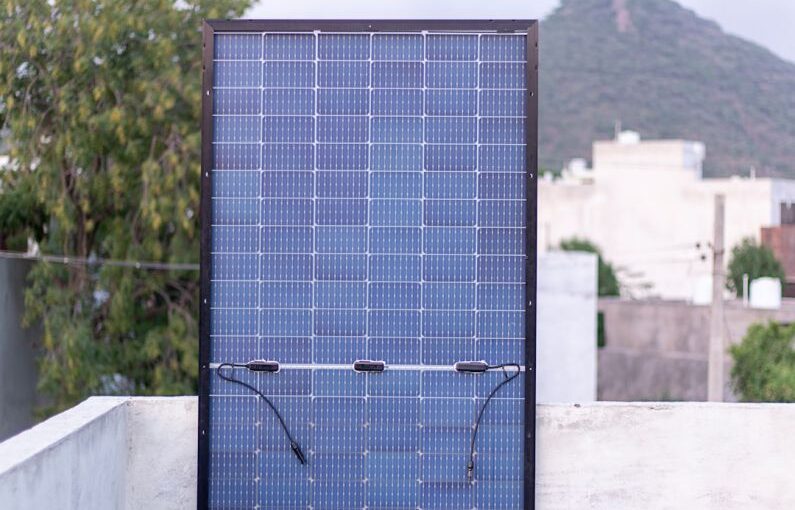The utilization of solar energy as a renewable source of power has gained significant traction in recent years. As the world seeks to transition towards more sustainable energy solutions, countries like Indonesia are exploring innovative technologies to enhance the efficiency of solar panels. One such technology that is making waves in the industry is the use of bifacial solar panels. These panels have the potential to revolutionize the solar energy sector by increasing energy output and optimizing space utilization. In Indonesia, where sunlight is abundant throughout the year, the adoption of bifacial panels holds great promise for unlocking the full potential of solar power generation.
Bifacial Solar Panels: A Game-Changer in Solar Energy
Bifacial solar panels differ from traditional solar panels in that they can capture sunlight from both the front and back sides of the panel. This unique design allows for increased energy production as the panel can generate electricity from sunlight that is reflected off the ground or surrounding surfaces. By harnessing light from multiple angles, bifacial panels can achieve higher efficiency levels compared to monofacial panels, which only capture sunlight from one side.
The Benefits of Bifacial Panels in Indonesia
In a country like Indonesia, where land availability for solar installations may be limited, the use of bifacial panels can be a game-changer. These panels have the advantage of generating more electricity per square meter of land compared to traditional panels, making them ideal for locations with space constraints. Additionally, the tropical climate of Indonesia provides ample sunlight, which can further enhance the performance of bifacial panels. With the ability to capture light from different angles, these panels are well-suited to maximize energy production in sunny regions like Indonesia.
Challenges and Considerations for Bifacial Panel Implementation
While the benefits of bifacial panels are clear, there are certain challenges and considerations that need to be addressed for successful implementation in Indonesia. One key consideration is the need for proper site assessment to determine the optimal tilt angle and orientation of the panels. This is crucial for maximizing energy production and ensuring the panels operate at peak efficiency. Additionally, factors such as shading, soiling, and maintenance need to be carefully managed to prevent any decrease in performance.
The Future of Solar Energy in Indonesia with Bifacial Panels
The adoption of bifacial panels in Indonesia has the potential to transform the country’s solar energy landscape. By leveraging the benefits of these innovative panels, Indonesia can increase its solar energy capacity, reduce carbon emissions, and move towards a more sustainable energy future. With advancements in technology and ongoing research in the field of solar energy, the possibilities for enhancing solar efficiency through bifacial panels are endless.
In conclusion, the use of bifacial solar panels represents a significant step towards maximizing the efficiency and output of solar energy in Indonesia. By harnessing the power of sunlight from multiple angles, these panels offer a promising solution for increasing energy production and optimizing land use. As Indonesia continues to embrace renewable energy technologies, the integration of bifacial panels can play a crucial role in shaping a more sustainable and eco-friendly future for the country.





